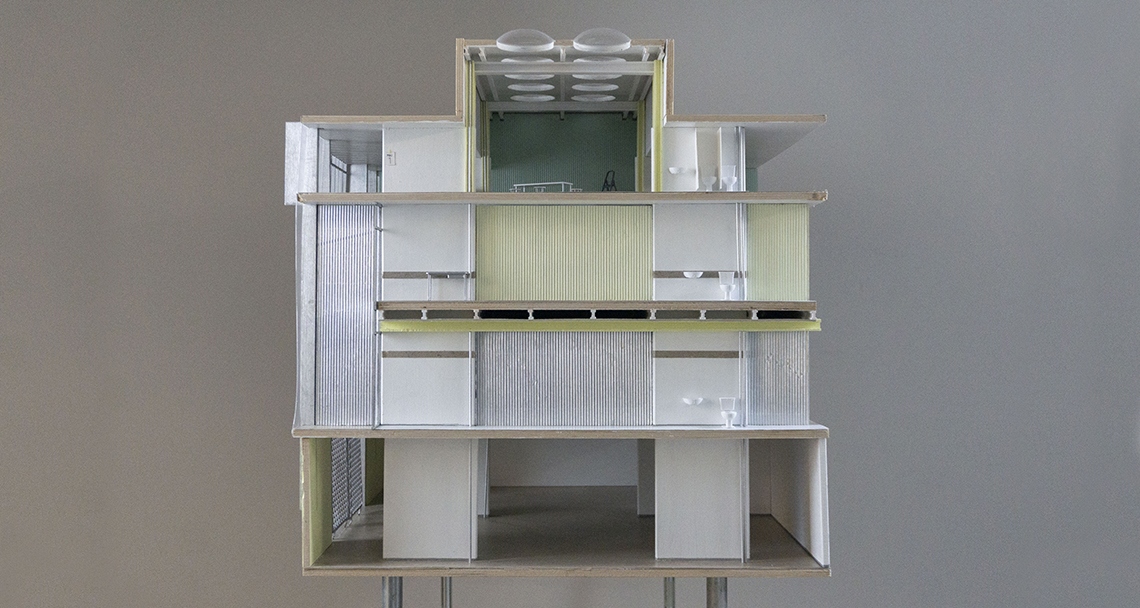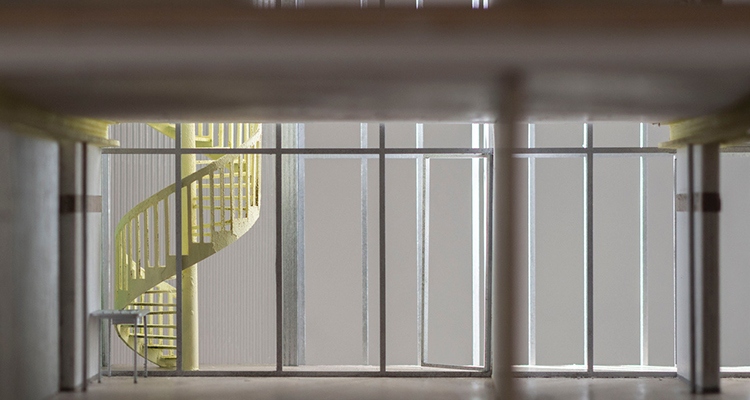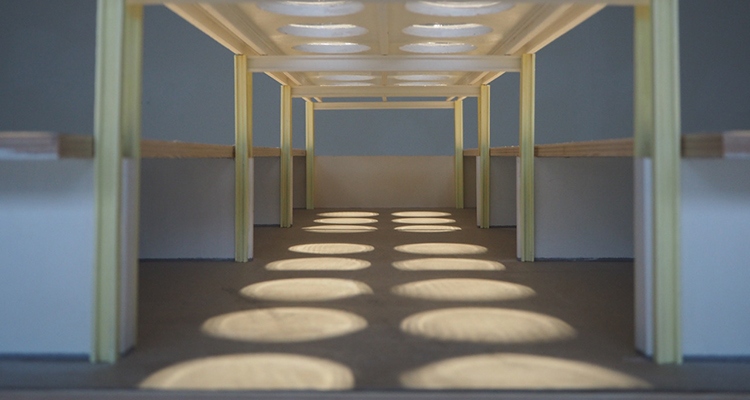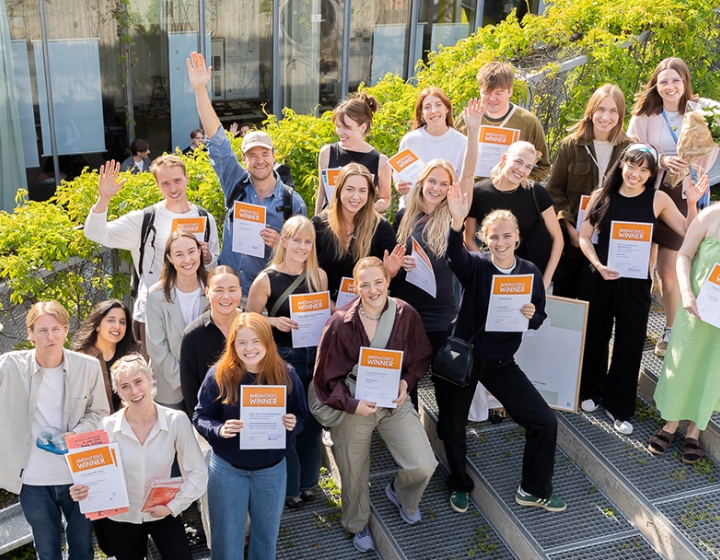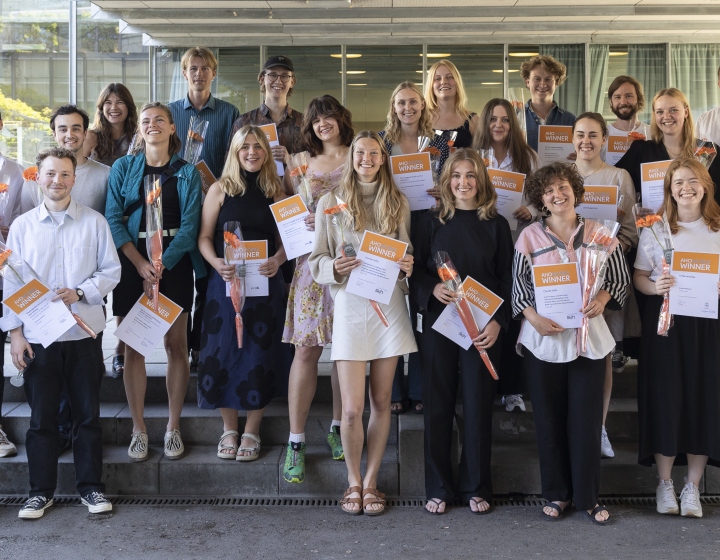Maria Schrøder wins the RPWT AWARD
Can transforming a building made for vehicles make it suitable for human scale? Maria Schrøder explores this question in her award-winning diploma project in architecture. The project tackles the question of how we can discover hidden potential in what is already built, as a green strategy for the future.
New construcion depending on the old
– The focus of this spatial investigation is to identify architectural quality in what is already built, and takes one of the least obvious building typologies seriously. The aim was to trace out a site-specific architecture, generated from history, suitable for life to unfold, says Maria Schrøder about the project.
The focus of this spatial investigation is to identify architectural quality in what is already built, and takes one of the least obvious building typologies seriously. The aim was to trace out a site-specific architecture, generated from history, suitable for life to unfold, says Maria Schrøder about the project.The apartments are drawn with different degrees of precision. The inhabitants can adapt the areas themselves, guided by the distinction of free and necessary space. The only common denominator of the apartments is a bathroom and a sink. The parking house qualities are emphasized by the way the new construction is dependent on the old.
– It is an experiment in space, light, necessary space, and free space. What do we really need? By challenging the conventions of material use, ceiling heights and dimensions a potential space for future habitation materializes, she explains.
Award for recent graduates
The Renzo Piano World Tour (RPWT) award is awarded to four young architects that have recently graduated. The price is a 40-day journey around the world of architectural design and construction. It will all result in a book about trip written by the participants.– I am incredibly grateful and proud for receiving the RPTW award. I am lucky to be able to see inspiring architecture in Europe and America, with a team of super talented people. This trip will hopefully broaden my perspective of architecture, and we will keep you all posted on the trip, and after, in the book, Maria says.
This is what the jury says about the project
Congratulations to Maria! Read more about “Parking housing: Inhabiting Sannergata 14” here.“In her diploma work, Maria has dealt successfully with the complexity of architecture, both in her understanding of an existing building - its history, structure, contemporary condition and by contributing to the building´s continuing history through precise architectural interventions.
The project proposes the adaptive reuse of an existing parking structure into housing. The general topic of this thesis is very relevant as the housing crisis puts pressure on historic cities to increase the density of housing, and as climate change and the sharing economy simultaneously push cars out of city centers.
This is a very well resolved and sensitive design solution to the adaptive reuse of parking structures into housing. The candidate demonstrates a clear comprehension of constructive systems and spatial layouts.
The project exhibit a thorough documentation of the existing structure, which included archival documentation, as built measured drawings and models, and photography of existing conditions and building systems. This kind of documentation is proof of the candidate’s grasp of professional standards and workflows.
The final project is both anchored in history and novel in its final manifestation. The new housing, presented through large physical models, is spatially and materially rich, providing a series of high-quality aesthetic experiences.”
